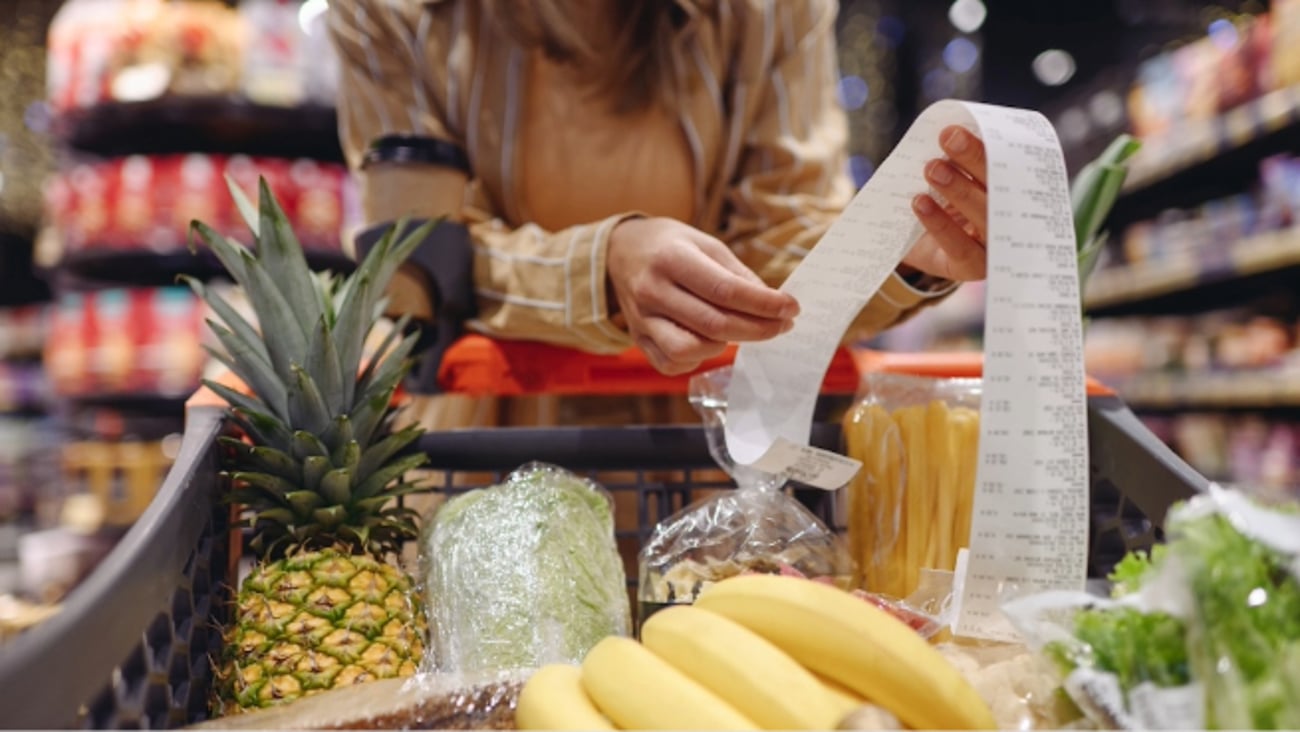Our grocers' demographic party may end sooner than expected
Canada’s population grew by more than 1 million for the first time in its history in 2022. The population in Prince Edward Island grew the most with a jump of 4.3% in only one year, followed by Alberta at 3.7% and Nova Scotia in third place, with a jump of 3.5%. Canada’s population could reach 40 million by June of this year. The world’s population has already reached 8 billion, as of last fall.
Demographic growth will help grocers and the rest of the food supply chain, with food expenditures increasing by $3.6 billion. This is because there are over 1 million more mouths to feed and the consumer needs to spend on average $3,500 to eat this year. Good news for the industry but the party won’t last.
[Read more: “Why Canada’s agrifood sector deserves more recognition”]
For the longest time, demographic experts have been concerned about the planet’s overpopulation. Most of them are now more concerned about a declining population. Some are even talking about a demographic implosion, suggesting that the planet will never reach 9 billion inhabitants. In fact, some experts predict that our population could start declining in less than 20 years. Canada’s population could peak within that time frame as well. If your job is to feed people, this type of decline presents a challenge.
In most areas of the world, including Canada, people are having fewer children. About 75% of the world has a birth rate below replacement levels. Canada is relying heavily on immigration to support its demographic ambitions, but we will reach a point when that option will no longer be there, either. Immigration rules are being tightened across the Western World. The recent closure of Roxham Road in Quebec is one many examples.
Despite generous social programs to support families, many expect birth rates or replacement rates to continue to decline. There isn’t any dominant factor to explain this trend. Citizens everywhere are just having fewer children for numerous reasons.
[Read more: “Canada can play a big role in addressing growing food insecurity, Nutrien CEO says”]
What’s more, the demographic gap between the young and the not-so-young is growing. The number of people between the ages of 25 and 64, those who significantly contribute to our economy, will continue to shrink.
Therefore, the size of our population won’t be the main challenge for our food industry. The age of the population, however, should be the focus. The food industry needs to embrace the massive social change that is about to hit the world. Not having children is not necessarily a problem, but not planning for it certainly is. In the western world, childlessness is slowly becoming a social norm which is something few governments have considered or accepted, at least not publicly. We need to accept that fewer people will have children. In order to respond to this, policies will have to support a reversed demographic pyramid, with fewer working adults, while supporting more seniors.
Pets are the new children. There are over 16 million pet cats and dogs in Canada. Since the start of the pandemic, the number of pet owners has increased by at least 15%, according to some reports. Pets are less costly and are arguably less life-changing than children. The commitment is simply different in many ways. For the food industry, that is certainly an area of tremendous growth to consider. With fewer children will come a greater number of pets.
The food industry will need to come to terms with a declining market and fewer physically-abled workers. With fewer stomachs to fill, not having enough farmland should be less of a concern. Since 40% of the Canadian population lives in the major cities of Toronto, Montreal, Vancouver and Calgary, we need to figure out a way to repurpose our rural areas. In processing, distribution, and retail, we see the same challenges. With both a shrinking and aging market, health and convenience will likely drive sales even more in years to come. We have seen nothing yet. And as for shrinkflation, since older people tend to eat less, this annoying trend of seeing smaller quantities with higher prices is far from over. The food industry will continue its quest to increase sales with less volume. Pre-cut, pre-prepared, pre-cooked, pre-this, pre-that will be the main way to maintain levels of sales.
So, if you think we’re not going to have enough food for everyone, think again. The world will continue to produce enough food, with better precision agriculture, more sustainable practices, automation, the use of artificial intelligence and sound distribution practices, which will improve over time.
But food is just one problem. Real estate, pension funds, health care, social programs, government debt – all of these aspects will need to be modified, based on the fact that there will soon be fewer people. And the planning needs to start now.





